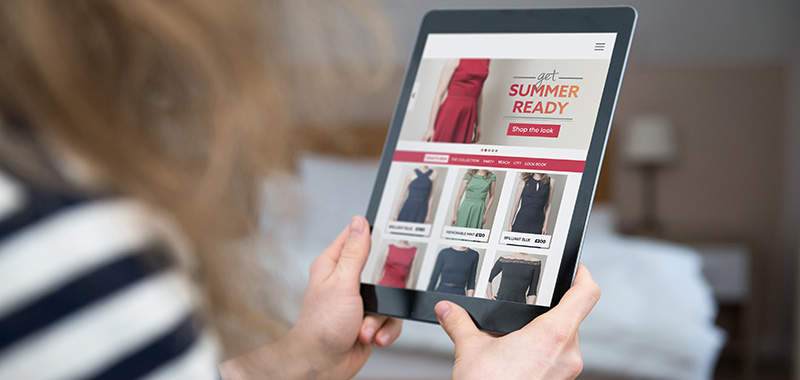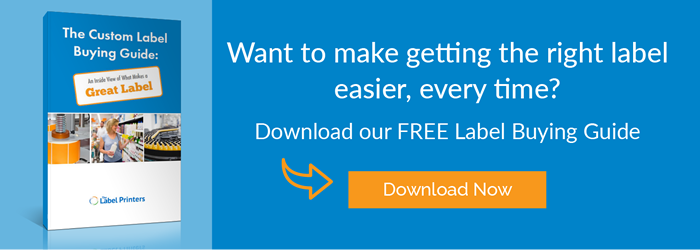
Social media is fertile ground for the rapid spread of fake information – and it’s also become a hotspot for buying and selling counterfeit goods.
Ahead of the 21st Anti-Counterfeiting and Brand Protection Summit earlier this year, conference organizers released a 48-page presentation highlighting the ways counterfeiters use social media to deceive customers and damage brands. The report shared eye-opening statistics, such as:
- One out of five luxury items on Instagram is fake.
- Instagram fraud costs the luxury goods industry nearly $30 billion each year.
- Social media plays a role in half of all black-market sales of cosmetics.
- 41% of trademark infringement cases related to cosmetic products trace back to Facebook.
- Almost 20% of women aged 18-30 have mistakenly bought counterfeit cosmetics online.
Why are counterfeiters targeting social media users so heavily? Well, that’s where the market is.
Millennials turn to social media for style inspiration, product reviews, and trend tips from their favorite celebrities and influencers. As a result, brands – especially luxury brands – are investing millions to win the trust of young consumers and those who steer their tastes online. Influencer marketing can deliver 11 times the payoff of other forms of digital media, some experts say.
Unfortunately, counterfeiters know their audience is online, too. They also know that social media sites like Instagram and Facebook struggle to keep black market dealers off their services.
How Counterfeiters Infect Instagram
According to an analysis cited by the Washington Post, out of 750,000 Instagram posts featuring the hashtags #Chanel and #LouisVuitton, 20% were connected with counterfeit merchandise. Counterfeit sellers typically identify their goods with luxury-brand hashtags and direct buyers to contact them through encrypted messaging tools like WhatsApp or WeChat. Buyers are then asked to pay through third-party services such as PayPal.
Instagram says it aggressively patrols for counterfeit dealers, but it’s challenging to keep up. Counterfeiters use sophisticated spambot technology to respawn when their accounts are deleted.
Counterfeit operators can also use Instagram to find new knockoff opportunities. Small companies are not immune. For example, niche cycling apparel vendor Team Dreams – which has only five employees – found a fake version of one of its high-end jerseys on sale for half the price on Chinese shopping site Alibaba. The counterfeiter had lifted an image directly from Team Dreams’ Instagram feed.
How Fakes Flourish on Facebook
In 2018, a U.K.-based Business Insider reporter went on a fake goods shopping spree on Facebook Marketplace. The reporter scored a £50 knockoff of a £6,000 Rolex watch, a £41 copy of an £800 Gucci bag, and a £15 counterfeit of a £4,600 Tiffany bracelet.
Like Craigslist (and print classifieds before that), Facebook Marketplace helps connect buyers and sellers, but it does not get involved in transactions. Buyers and sellers must arrange payment and delivery on their own, a system that often gives counterfeiters the upper hand.
This isn’t to say Facebook doesn’t police its site for counterfeit goods. In 2017, Facebook reported it had removed over 200,000 posts having to do with counterfeits. The company told Business Insider it is developing machine-learning technology to better detect fakes and has begun to require identification from some sellers of branded goods.
Still, brands need to stay vigilant to combat fakes on Facebook. Tiffany has removed more than 2,000 counterfeit listings from Facebook Marketplace since 2017, the jewelry icon stated.
Tips for Counteracting Counterfeits on Social Media
Black market sales can devalue your brand and eat into your revenue. What can you do to stop counterfeiters from reaching your unsuspecting customers on social media? Here are a few steps you can take:
Be Proactive
Put yourself in the shoes of your customers and search for your products on social media the way they would. Search common hashtags for your brand and your products. Familiarize yourself with the anti-counterfeiting policies of services like Instagram and Facebook Marketplace so you know how to report fakes when you find them.
Own the Conversation
Make sure your customers can find the “real thing” on social media. If you haven’t already, launch your own Instagram presence and connect with popular influencers who might be interested in partnering with your brand.
Take Brand Protection Measures
Brand protection can refer to a wide range of activities designed to prevent criminals from usurping your good name. One small branding element that can make a big difference in brand protection is your product label.
Authentication marks made with sophisticated printing technology – such as holography or microprinting – can make it very difficult for would-be counterfeiters to replicate the genuine article. Track-and-trace features can help you monitor your supply chain closely, keeping your products and parts from unauthorized resellers.
Learn more about how security labels can protect your brand and your customers in your free copy of the Custom Label Buying Guide.

